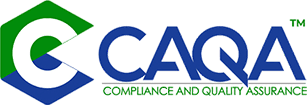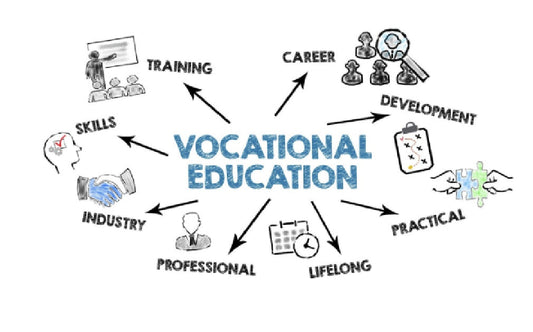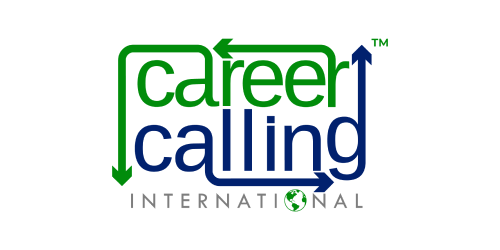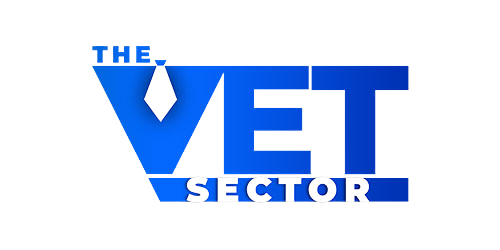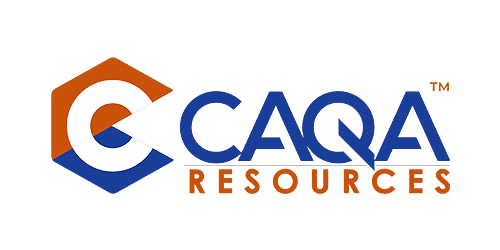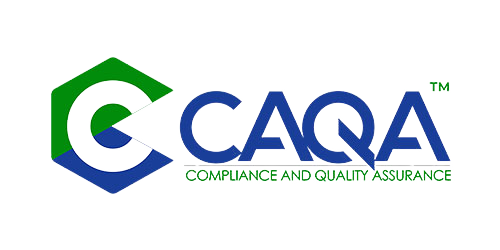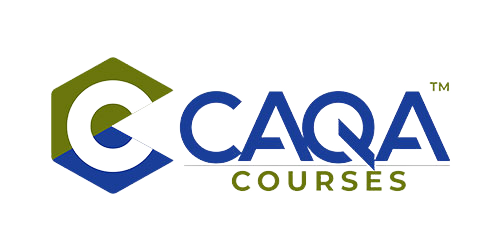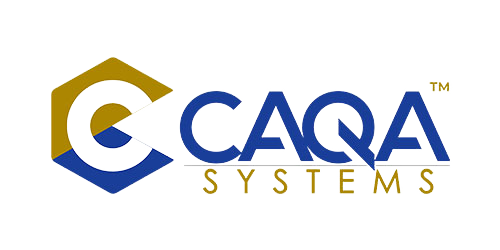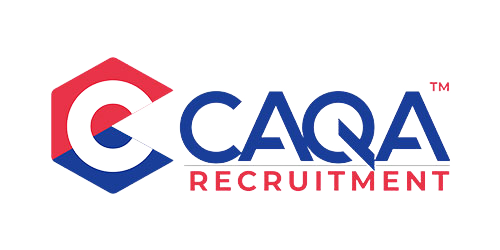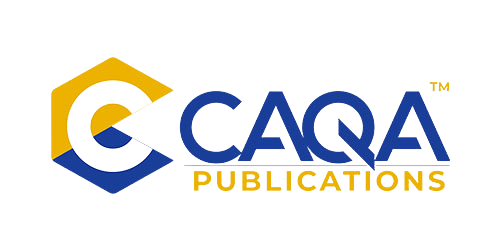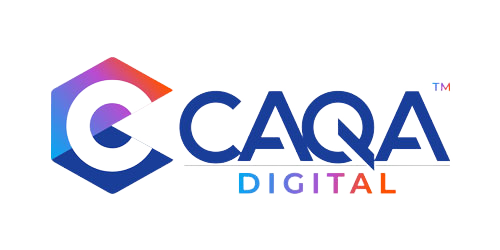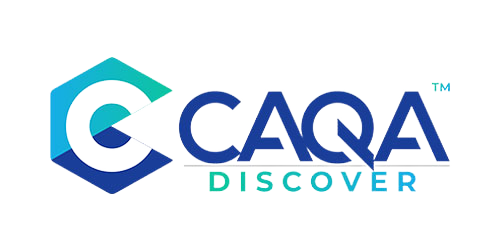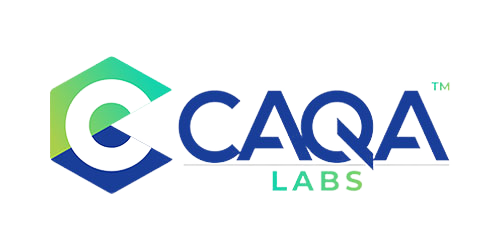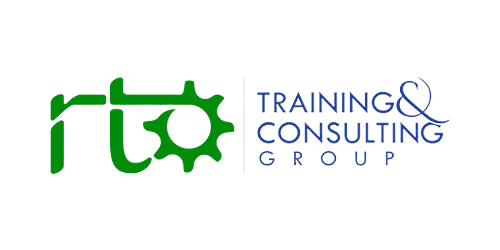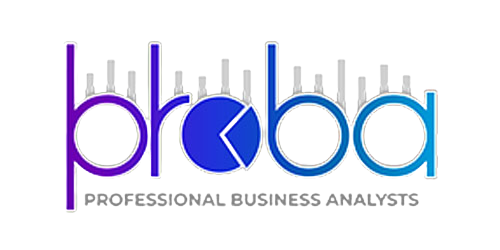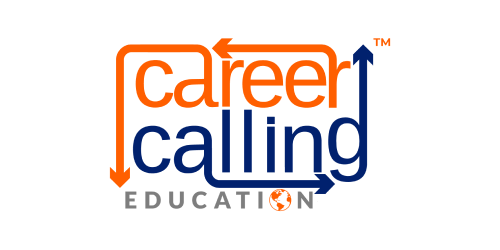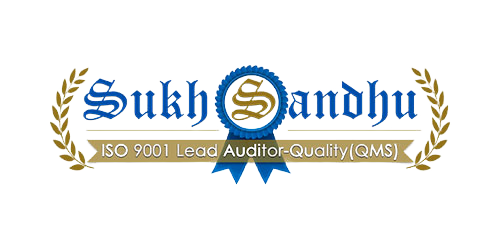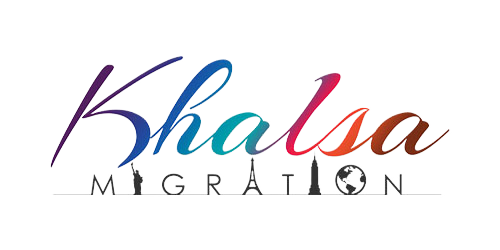The Foundation of Quality Vocational Education
In the ever-evolving landscape of vocational education and training (VET), one element remains constant: the critical importance of a qualified, skilled, and committed workforce. The quality of VET delivery is intrinsically linked to the capabilities and dedication of those who train, assess, and support students throughout their educational journey. As regulatory bodies across jurisdictions continue to evolve their frameworks, the emphasis on workforce excellence has only intensified. This article explores the multifaceted dimensions of workforce quality in the VET sector, examining current requirements, best practices, and strategies for continuous improvement.
The Regulatory Framework: Setting the Standard
ASQA, VRQA, and TAC Requirements for VET Practitioners
The quality of VET delivery in Australia is underpinned by a robust regulatory framework that sets clear expectations for those who deliver training and assessment. ASQA, as the national regulator for the majority of Australia's VET sector, maintains stringent requirements for trainer and assessor qualifications and ongoing professional development. Similarly, state-based regulators like VRQA in Victoria and TAC in Western Australia enforce comparable standards within their jurisdictions.
Under the Standards for Registered Training Organisations (RTOs) 2015, all trainers and assessors must hold Certificate IV in Training and Assessment or a diploma or higher-level qualification in adult education. Additionally, they must possess relevant vocational competencies at least to the level being delivered and assessed, and current industry skills directly relevant to the training being provided. This trifecta of educational, vocational, and industry currency forms the foundation of quality training delivery. The credential policy offers detailed guidance on these requirements, ensuring RTO personnel have the information they need.
ASQA's regulatory approach emphasises the importance of RTOs not merely meeting minimum compliance requirements but striving for excellence in their workforce development. VRQA, meanwhile, has established its own Guidelines for VET Providers that align with national standards while addressing Victoria-specific considerations. TAC in Western Australia similarly enforces standards that ensure trainers and assessors are appropriately qualified and continuously developing their skills.
Beyond Compliance: Embracing Quality Culture
While regulatory compliance provides a necessary framework, truly exceptional VET delivery requires going beyond mere checkbox exercises. Forward-thinking RTOs are increasingly adopting a quality culture that views trainer and assessor excellence as central to their organisational identity and student outcomes.
This culture manifests in comprehensive workforce planning, strategic recruitment practices, and robust professional development programs. Such RTOs recognise that their trainers and assessors are not just compliance requirements but the living embodiment of their educational mission and values. By fostering a quality culture, these organisations can adapt more effectively to changing industry needs, regulatory requirements, and student expectations.
Qualifications and Credentials: The Building Blocks of Excellence
The Evolution of Trainer and Assessor Qualifications
The qualification requirements for VET practitioners have evolved significantly over the past decade, reflecting the increasing professionalisation of the sector and recognition of the specialised skills required for effective training and assessment. The transition from TAE40110 to TAE40116 Certificate IV in Training and Assessment, and now to TAE40122, has progressively raised the bar, incorporating more rigorous assessment requirements and additional units focused on addressing language, literacy, and numeracy (LLN) needs.
This evolution reflects a growing understanding that effective VET delivery requires not just subject matter expertise but sophisticated pedagogical skills and an ability to address diverse student needs. The qualification structure now explicitly recognises the distinct, though related, skills of training and assessment, ensuring practitioners are equipped for both roles.
Specialist Credentials and Their Impact on Quality
Beyond the core Certificate IV in Training and Assessment, many VET practitioners now pursue specialist credentials that enhance their ability to deliver quality training in specific contexts. These might include qualifications in areas such as:
-
The TAE50116 Diploma of Vocational Education and Training or TAE50222 Diploma of Training Design and Development for those taking on more advanced design or leadership roles
-
Credentials in adult language, literacy, and numeracy support for those working with diverse student populations
-
Specialist qualifications in online or blended delivery modes which have become increasingly important in the contemporary educational landscape
These specialist credentials contribute to a more nuanced and capable VET workforce that is able to address the complex challenges of modern vocational education. They enable practitioners to tailor their approaches to specific student needs, delivery contexts, and industry requirements, ultimately enhancing the quality and relevance of training.
Industry Currency: Bridging Education and Workplace Realities
Maintaining Real-World Relevance
Perhaps no aspect of VET practitioner capability is more critical than industry currency—the ongoing connection to current workplace practices, technologies, and standards in their field of expertise. Without this currency, even the most qualified and pedagogically skilled trainer risks delivering content that is outdated or irrelevant to contemporary workplace needs.
ASQA, VRQA, and TAC all emphasise the importance of industry currency, requiring RTOs to demonstrate how their trainers and assessors maintain connections with the industry. These connections might include:
-
Regular workplace participation through part-time employment or consultancy work
-
Membership of industry associations and active participation in their events
-
Subscriptions to industry publications and regular engagement with industry news
-
Participation in industry seminars, conferences, and professional development activities
-
Collaboration with industry partners on projects, research, or training delivery
The most effective RTOs develop systematic approaches to supporting and documenting industry currency, recognising it as an ongoing requirement rather than a one-time achievement.
The Symbiotic Relationship Between Industry and Education
The relationship between industry currency and educational quality is symbiotic. When trainers and assessors maintain strong industry connections, they bring authentic workplace examples, scenarios, and expectations into the training environment. This enriches the learning experience, making it more relevant and engaging for students.
Simultaneously, VET practitioners who maintain industry connections serve as ambassadors for quality training within industry contexts. They can communicate the value of formal qualifications, identify emerging skill needs, and advocate for strong partnerships between education and industry. This two-way flow of information and influence strengthens both sectors and enhances the alignment between training and workplace requirements.
Professional Development: The Engine of Continuous Improvement
Beyond Compliance: Strategic Approaches to Professional Development
While regulatory bodies mandate ongoing professional development for VET practitioners, leading RTOs recognise that compliance-focused approaches yield limited benefits. Instead, they adopt strategic, needs-based approaches that align professional development with organisational goals, individual career aspirations and identified performance gaps.
These strategic approaches might include:
-
Individualised professional development plans based on performance reviews and capability frameworks
-
Mentoring and coaching programs that leverage internal expertise and promote knowledge-sharing
-
Communities of practice that encourage collaboration and collective problem-solving
-
Action learning projects that address real organisational challenges while developing capabilities
-
Structured opportunities to apply and reflect on new skills and knowledge in practice
ASQA, VRQA, and TAC all recognize the value of such strategic approaches, increasingly focusing their regulatory attention on the quality and impact of professional development rather than merely its quantity or documentation.
Dual-Focus Development: Balancing Vocational and Educational Expertise
Quality VET delivery requires practitioners to develop and maintain dual expertise: vocational skills and knowledge relevant to their industry, and educational capabilities related to training design, delivery, and assessment. This dual focus presents both challenges and opportunities for professional development planning.
Effective professional development strategies recognise and address both dimensions, often integrating them to maximise relevance and application. For example, industry visits might focus not just on observing current practices but on identifying authentic assessment opportunities or developing realistic training scenarios. Similarly, pedagogical development might specifically address how to effectively teach emerging industry concepts or technologies.
This integrated approach to professional development helps VET practitioners maintain both aspects of their expertise while recognising the interconnections between them. It also acknowledges the unique professional identity of VET practitioners as bridging the worlds of industry and education.
Workforce Planning: Building Sustainable Capability
Strategic Workforce Planning in the VET Context
The ability of RTOs to deliver quality training and assessment depends not just on individual practitioner capabilities but on strategic workforce planning that ensures the right mix of skills, experience, and specialisations. This planning must address both current needs and anticipate future requirements in a rapidly changing educational and industry landscape.
Effective workforce planning in the VET context involves:
-
Analysing training and assessment delivery requirements across all qualifications and student cohorts
-
Identifying critical capability gaps and succession planning for key roles
-
Developing robust recruitment strategies that attract diverse talent with both industry and educational expertise
-
Creating retention strategies that recognise the unique motivations and career aspirations of VET practitioners
-
Building flexible employment models that can accommodate practitioners who maintain significant industry commitments alongside their educational roles
ASQA, VRQA, and TAC increasingly recognise the importance of such strategic workforce planning in their regulatory approaches, understanding that sustainable quality requires systematic organisational approaches, not just individual compliance.
Addressing Workforce Challenges in the Contemporary Sector
The VET sector faces significant workforce challenges, including an aging practitioner population, competition for skilled industry experts from other sectors, and the need to attract digitally capable practitioners who can navigate evolving delivery models. These challenges require innovative approaches to workforce development and support.
Leading RTOs are addressing these challenges through strategies such as:
-
"Grow your own" approaches that identify and develop promising practitioners from within their student or industry partner populations
-
Flexible work arrangements that accommodate industry commitments and diverse life circumstances
-
Comprehensive induction and mentoring programs that support new practitioners to develop their educational capabilities alongside their industry expertise
-
Recognition and reward systems that value both formal qualifications and demonstrated capability in practice
-
Technological support and development that enables practitioners to focus on high-value educational interactions rather than administrative tasks
By adopting such innovative approaches, RTOs can build sustainable workforce capability even in the face of sector-wide challenges. This not only supports compliance with ASQA, VRQA, and TAC requirements but enables the delivery of genuinely excellent training and assessment.
Building Capability Through Collaboration: Industry, Education, and Regulation
Cross-Sector Partnerships for Workforce Development
The development of a qualified, skilled, and committed VET workforce is not solely the responsibility of individual RTOs. It requires collaborative efforts across industry, education, and regulatory sectors, each contributing their unique perspectives and resources.
Effective collaborative approaches include:
-
Industry-education partnerships that facilitate practitioner-industry placements and industry expert educational secondments
-
Cross-RTO communities of practice that share expertise and resources for professional development
-
Collaborative approaches to addressing systemic capability gaps, such as joint development of specialist training for practitioners
-
Regular dialogue between regulators and providers that focuses on workforce capability as a central element of quality assurance
-
Research partnerships that build the evidence base for effective practice in VET workforce development
ASQA, VRQA, and TAC each play important roles in facilitating such collaboration, not just through their regulatory requirements but through their engagement with providers and other stakeholders. By fostering a collaborative ecosystem, they can support workforce development that goes beyond minimum compliance to genuine excellence.
The Role of Professional Associations and Networks
Professional associations and networks play a crucial role in supporting the development of VET practitioners, offering opportunities for knowledge sharing, professional recognition, and collective advocacy. Organizations such as the Australian Institute of Training and Development (AITD), various industry-specific trainer networks, and state-based VET practitioner associations provide valuable platforms for professional growth and connection.
These associations and networks contribute to workforce quality through:
-
Professional recognition programs that acknowledge excellence and create career pathways
-
Conferences, workshops, and other events that facilitate knowledge-sharing and collaboration
-
Professional standards and ethical frameworks that complement regulatory requirements
-
Mentoring and peer support programs that connect practitioners across organisations
-
Advocacy for policies and practices that support workforce development and quality
By actively engaging with such associations and networks, RTOs can enhance their workforce development efforts while contributing to sector-wide capability building.
Technology and Innovation: New Frontiers for VET Practice
Digital Capability in the Contemporary VET Workforce
The rapid evolution of educational technology and digital work practices has created new capability requirements for VET practitioners. Today's effective trainers and assessors need not just vocational and educational expertise but digital capabilities that enable them to navigate online learning environments, harness data for continuous improvement, and prepare students for increasingly digitalised workplaces.
ASQA, VRQA, and TAC are increasingly recognising these digital dimensions of quality practice in their regulatory approaches, understanding that effective contemporary training and assessment require sophisticated technological capabilities alongside traditional expertise.
Progressive RTOs are supporting their workforce to develop these capabilities through:
-
Targeted professional development in digital pedagogy and assessment
-
Technology mentoring programs that leverage internal expertise
-
Collaborative approaches to digital resource development and sharing
-
Incremental implementation strategies that build confidence and capability over time
-
Clear frameworks that articulate expected digital capabilities for different roles and contexts
By systematically developing these capabilities, RTOs can ensure their workforce remains effective in a rapidly evolving digital landscape.
Innovation in Training and Assessment Practice
Beyond specific digital capabilities, the contemporary VET sector requires practitioners who can innovate in their training and assessment practices, adapting to changing industry needs, student expectations, and delivery contexts. This innovative capacity is increasingly valued by regulators like ASQA, VRQA, and TAC, who recognise that quality in a changing environment requires adaptability, not just compliance with static requirements.
Leading RTOs foster innovation in their workforce through:
-
Action research projects that encourage systematic experimentation and evaluation
-
Innovation forums or think tanks that bring together diverse perspectives to address challenges
-
Recognition and reward systems that value creative approaches to enhancing quality
-
Partnerships with researchers and thought leaders who can introduce new ideas and approaches
-
Structured reflection processes that identify opportunities for improvement and innovation
By cultivating this innovative capacity, RTOs can build a workforce that not only meets current quality requirements but can adapt to future challenges and opportunities.
The Journey to Excellence
The development of a qualified, skilled, and committed VET workforce is not a destination but a journey—one that requires ongoing attention, investment, and adaptation. As regulatory frameworks evolve and industry expectations change, RTOs must continuously refine their approaches to workforce planning, development, and support.
ASQA, VRQA, and TAC each play crucial roles in this journey, not just through compliance requirements but through their guidance, engagement, and leadership in promoting quality culture. By working collaboratively with these regulators, industry partners, and their own practitioners, RTOs can build workforces capable of delivering truly exceptional vocational education and training.
The ultimate beneficiaries of this commitment to workforce excellence are, of course, the students who receive higher quality training and the industries that gain more skilled and capable workers. In this way, the investment in a qualified, skilled, and committed VET workforce generates returns far beyond regulatory compliance, contributing to individual opportunities, organisational success, and broader economic prosperity.
As we look to the future of vocational education and training in Australia, let us recognise that our trainers, assessors, and support staff are not just implementers of quality systems but the very heart of quality itself. By investing in their capabilities, supporting their development, and valuing their contributions, we can ensure that Australian VET continues to be recognised globally for its excellence and relevance.
